标签:space default 创建时间 磁盘 tab pwd 行修改 utils cep
每次查询都要连接数据库,这样的操作非常耗费资源,如果将一次查询的结果暂存在一个可以直接取到的地方【内存,即缓存】,当我们再次查询相同的数据时,就可以直接走缓存,不用再访问数据库。
什么是缓存 [ Cache ]?
存在内存中的临时数据。
将用户经常查询的数据放在缓存(内存)中,用户去查询数据就不用从磁盘上(关系型数据库数据文件)查询,从缓存中查询,从而提高查询效率,解决了高并发系统的性能问题。
为什么使用缓存?
什么样的数据能使用缓存?
MyBatis 包含一个非常强大的查询缓存特性,它可以非常方便地定制和配置缓存。缓存可以极大的提升查询效率。
MyBatis 系统中默认定义了两级缓存:一级缓存和二级缓存
一级缓存也叫本地缓存:
@Test
public void test(){
SqlSession sqlSession = MybatisUtils.getSqlSession();
UserMapper mapper = sqlSession.getMapper(UserMapper.class);
User user = mapper.queryUserById(1);
System.out.println(user);
System.out.println("==========================");
User user2 = mapper.queryUserById(1);
System.out.println(user2);
sqlSession.close();
}
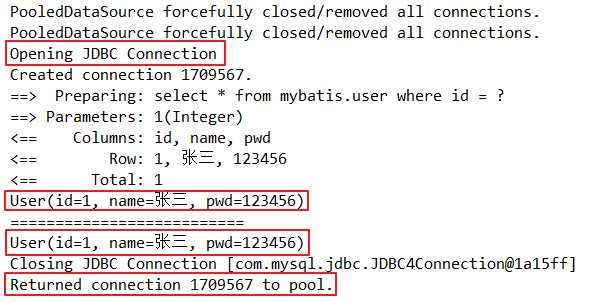
一级缓存是 SqlSession 级别的缓存,是一直开启的,我们关闭不了它;
一级缓存失效情况:没有使用到当前的一级缓存,效果就是,还需要再向数据库中发起一次查询请求!
User user = mapper.queryUserById(1);
System.out.println(user);
System.out.println("==========================");
User user2 = mapper.queryUserById(2);
System.out.println(user2);
结果:发送了两条 SQL 语句,因为当前缓存中不存在要查询的数据。
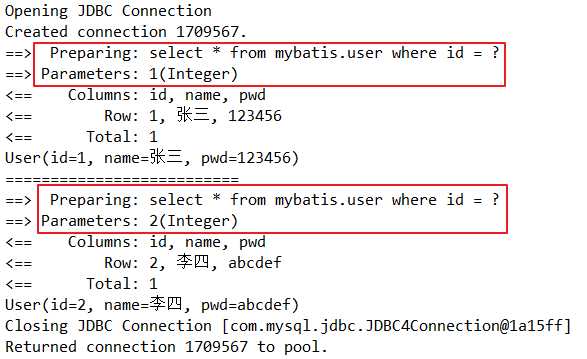
User user = mapper.queryUserById(1);
System.out.println(user);
mapper.updateUser(new User(6,"aaa","bbb"));
System.out.println("==========================");
User user2 = mapper.queryUserById(1);
System.out.println(user2);
结果:查询在中间执行了增删改操作后,重新执行了 SQL 语句,这是因为增删改操作可能会对当前数据产生影响。
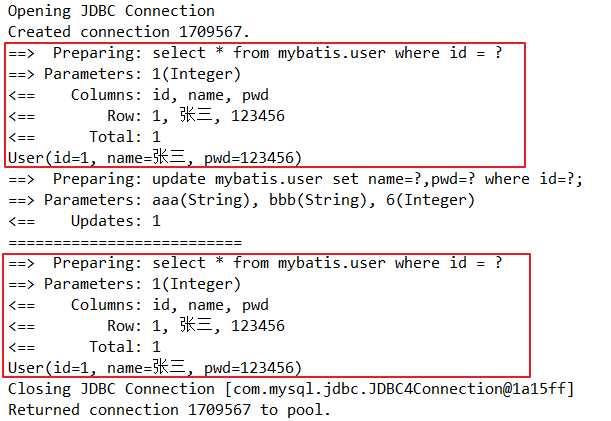
查询不同的 Mapper
sqlSession 相同,手动清理缓存 sqlSession.clearCache();
sqlSession 不同,每个sqlSession中的缓存相互独立
小结:
一级缓存默认是开启的,只在一次 SqlSession 中有效,也就是拿到连接到关闭连接这个区间段。
一级缓存就是一个 map。
二级缓存也叫全局缓存,一级缓存作用域太低了,所以诞生了二级缓存
基于 namespace 级别的缓存,一个名称空间,对应一个二级缓存;
工作机制
<!--显式的开启全局缓存-->
<setting name="cacheEnabled" value="true"/>
| 设置名 | 描述 | 有效值 | 默认值 |
|---|---|---|---|
| cacheEnabled | 全局性地开启或关闭所有映射器配置文件中已配置的任何缓存。 | true | false | true |
<!--在当前 Mapper.xml 中使用二级缓存-->
<cache/>
也可以自定义参数
<cache eviction="FIFO"
flushInterval="60000"
size="512"
readOnly="true"/>
这个更高级的配置创建了一个 FIFO 缓存,每隔 60 秒刷新,最多可以存储结果对象或列表的 512 个引用,而且返回的对象被认为是只读的,因此对它们进行修改可能会在不同线程中的调用者产生冲突。
@Test
public void test2(){
SqlSession sqlSession = MybatisUtils.getSqlSession();
SqlSession sqlSession2 = MybatisUtils.getSqlSession();
UserMapper mapper = sqlSession.getMapper(UserMapper.class);
User user = mapper.queryUserById(1);
System.out.println(user);
sqlSession.close();
System.out.println("==========================");
UserMapper mapper2 = sqlSession2.getMapper(UserMapper.class);
User user2 = mapper2.queryUserById(1);
System.out.println(user2);
System.out.println(user==user2);
sqlSession2.close();
}
结果:
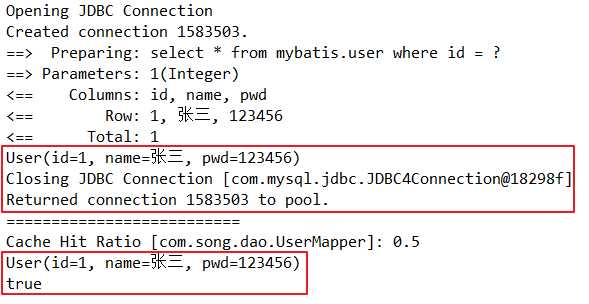
问题:
需要将实体类序列化,否则就会报错 Caused by: java.io.NotSerializableException:
@Data
@AllArgsConstructor
public class User implements Serializable{
private int id;
private String name;
private String pwd;
}
小结:
缓存顺序:
第三方缓存实现--EhCache:
Ehcache是一种广泛使用的java分布式缓存,用于通用缓存;
<!-- https://mvnrepository.com/artifact/org.mybatis.caches/mybatis-ehcache -->
<dependency>
<groupId>org.mybatis.caches</groupId>
<artifactId>mybatis-ehcache</artifactId>
<version>1.1.0</version>
</dependency>
<!--第三方缓存-->
<cache type="org.mybatis.caches.ehcache.EhcacheCache"/>
<?xml version="1.0" encoding="UTF-8"?>
<ehcache xmlns:xsi="http://www.w3.org/2001/XMLSchema-instance"
xsi:noNamespaceSchemaLocation="http://ehcache.org/ehcache.xsd"
updateCheck="false">
<!--
diskStore:为缓存路径,ehcache分为内存和磁盘两级,此属性定义磁盘的缓存位置。参数解释如下:
user.home – 用户主目录
user.dir – 用户当前工作目录
java.io.tmpdir – 默认临时文件路径
-->
<diskStore path="./tmpdir/Tmp_EhCache"/>
<defaultCache
eternal="false"
maxElementsInMemory="10000"
overflowToDisk="false"
diskPersistent="false"
timeToIdleSeconds="1800"
timeToLiveSeconds="259200"
memoryStoreEvictionPolicy="LRU"/>
<cache
name="cloud_user"
eternal="false"
maxElementsInMemory="5000"
overflowToDisk="false"
diskPersistent="false"
timeToIdleSeconds="1800"
timeToLiveSeconds="1800"
memoryStoreEvictionPolicy="LRU"/>
<!--
defaultCache:默认缓存策略,当ehcache找不到定义的缓存时,则使用这个缓存策略。只能定义一个。
-->
<!--
name:缓存名称。
maxElementsInMemory:缓存最大数目
maxElementsOnDisk:硬盘最大缓存个数。
eternal:对象是否永久有效,一但设置了,timeout将不起作用。
overflowToDisk:是否保存到磁盘,当系统宕机时
timeToIdleSeconds:设置对象在失效前的允许闲置时间(单位:秒)。仅当eternal=false对象不是永久有效时使用,可选属性,默认值是0,也就是可闲置时间无穷大。
timeToLiveSeconds:设置对象在失效前允许存活时间(单位:秒)。最大时间介于创建时间和失效时间之间。仅当eternal=false对象不是永久有效时使用,默认是0.,也就是对象存活时间无穷大。
diskPersistent:是否缓存虚拟机重启期数据 Whether the disk store persists between restarts of the Virtual Machine. The default value is false.
diskSpoolBufferSizeMB:这个参数设置DiskStore(磁盘缓存)的缓存区大小。默认是30MB。每个Cache都应该有自己的一个缓冲区。
diskExpiryThreadIntervalSeconds:磁盘失效线程运行时间间隔,默认是120秒。
memoryStoreEvictionPolicy:当达到maxElementsInMemory限制时,Ehcache将会根据指定的策略去清理内存。默认策略是LRU(最近最少使用)。你可以设置为FIFO(先进先出)或是LFU(较少使用)。
clearOnFlush:内存数量最大时是否清除。
memoryStoreEvictionPolicy:可选策略有:LRU(最近最少使用,默认策略)、FIFO(先进先出)、LFU(最少访问次数)。
FIFO,first in first out,这个是大家最熟的,先进先出。
LFU, Less Frequently Used,就是上面例子中使用的策略,直白一点就是讲一直以来最少被使用的。如上面所讲,缓存的元素有一个hit属性,hit值最小的将会被清出缓存。
LRU,Least Recently Used,最近最少使用的,缓存的元素有一个时间戳,当缓存容量满了,而又需要腾出地方来缓存新的元素的时候,那么现有缓存元素中时间戳离当前时间最远的元素将被清出缓存。
-->
</ehcache>
注意:现在一般都用Redis 数据库来做缓存
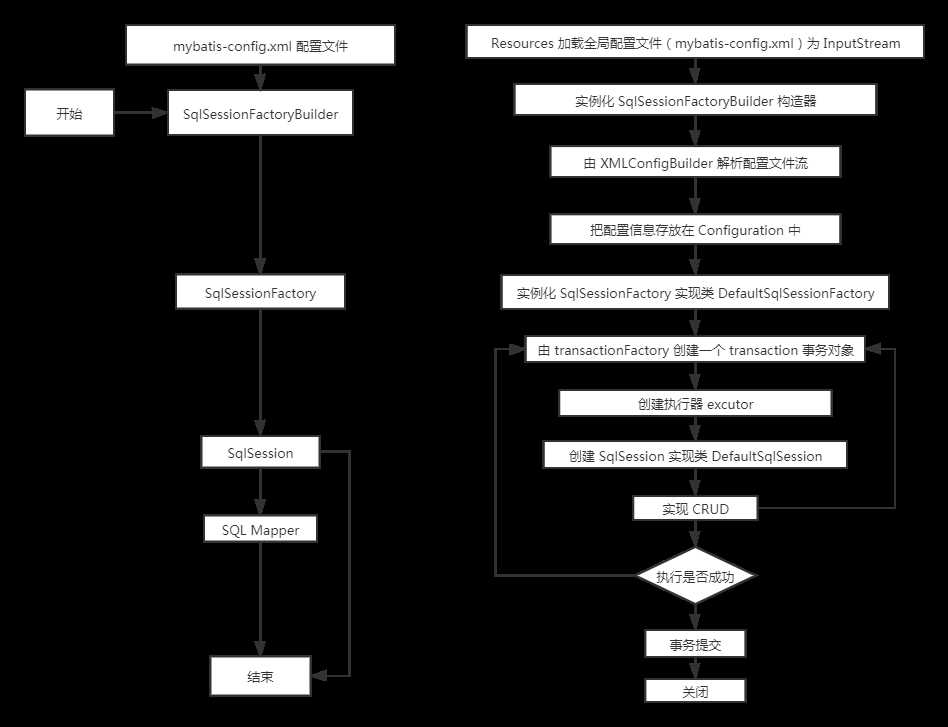
标签:space default 创建时间 磁盘 tab pwd 行修改 utils cep
原文地址:https://www.cnblogs.com/Songzw/p/13166597.html